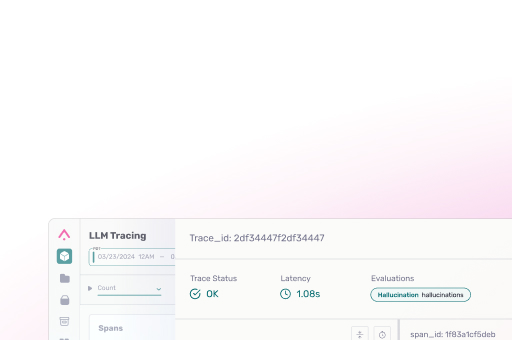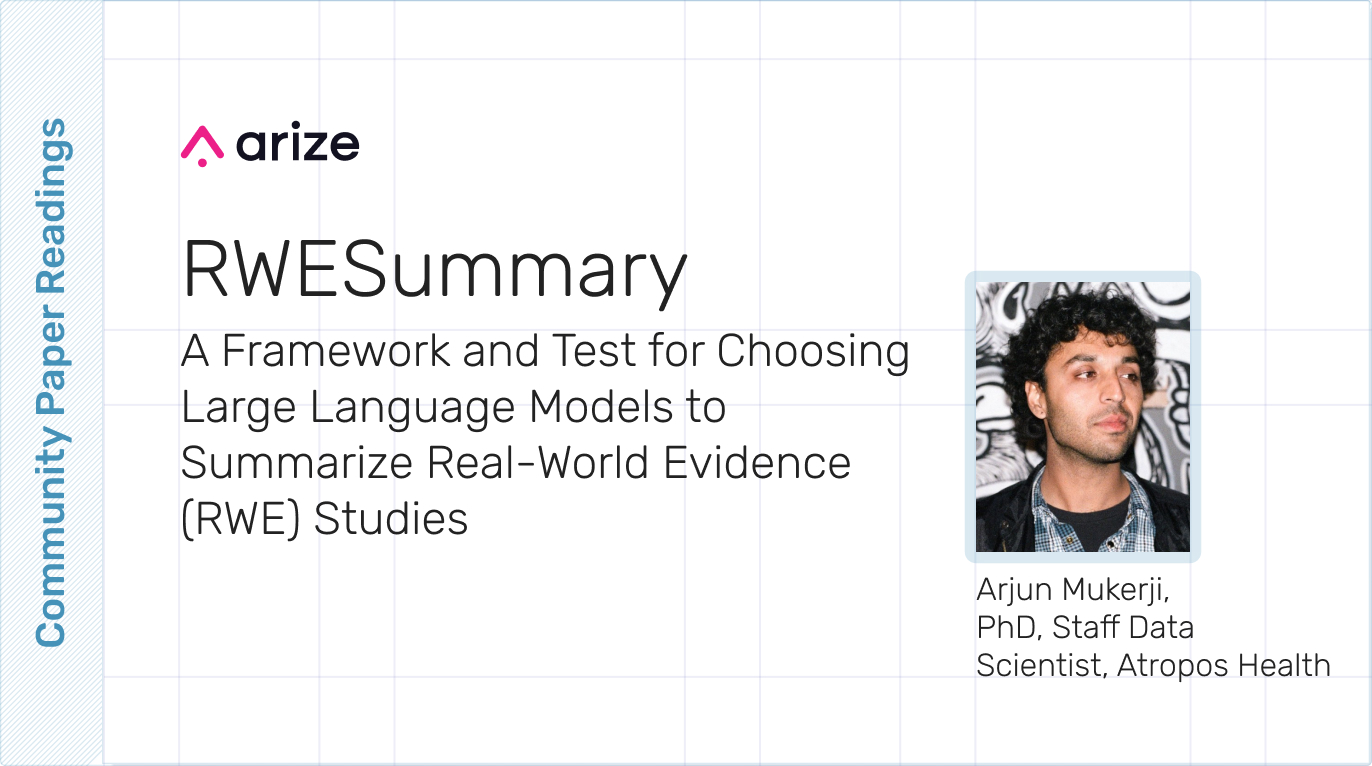Large language models are increasingly used to turn complex study output into plain-English summaries. But how do we know which models are safest and most reliable for healthcare?
In this most recent community AI research paper reading, Arjun Mukerji, PhD – Staff Data Scientist at Atropos Health – walks us through RWESummary, a new benchmark designed to evaluate LLMs on summarizing real-world evidence from structured study output — an important but often under-tested scenario compared to the typical “summarize this PDF” task.
Watch
Listen
Highlights
Why medicine is a special (and high-stakes) domain
Mukerji: “The medical field is one of the highest-stakes applications of AI—especially in real-world evidence. It’s very important to get things right, and approaches that work elsewhere don’t always translate to medicine.”
The “evidence gap” & the role of RWE
Mukerji: “Only a fraction of daily medical decisions are backed by high-quality evidence—the ‘evidence gap.’ RWE complements clinical trials by covering larger, more varied cohorts that trials often exclude.”
What RWESummary actually tests
Mukerji: “Our task isn’t ‘dump a full paper into an LLM.’ We supply structured study inputs—question, PICOT, outcomes, effect sizes—and ask for a plain-English summary. Current benchmarks rarely test this scenario.”
The three mission-critical evals
Mukerji: “We empirically chose three evaluations that matter most in production: getting the direction of effect right, reporting numbers accurately, and completeness. Direction of effect is the single most important.”
Why direction of effect is weighted so heavily
Mukerji: “If you could fix only one class of errors, fix direction of effect. Saying Treatment X is better than Y when it’s actually the reverse is the worst possible mistake.”
Results, speed, and trade-offs
Mukerji: “No model wins across the board. Gemini 2.5 led overall on direction and numbers; Gemini 2.0 Flash was the clear winner on latency. In production, inference time matters.”
Robust evals essential
Mukerji: “Given the stakes, you need robust evals and a human-in-the-loop. AI can make serious mistakes—like reversing an effect—so health workflows must be designed for safety from the ground up.”



